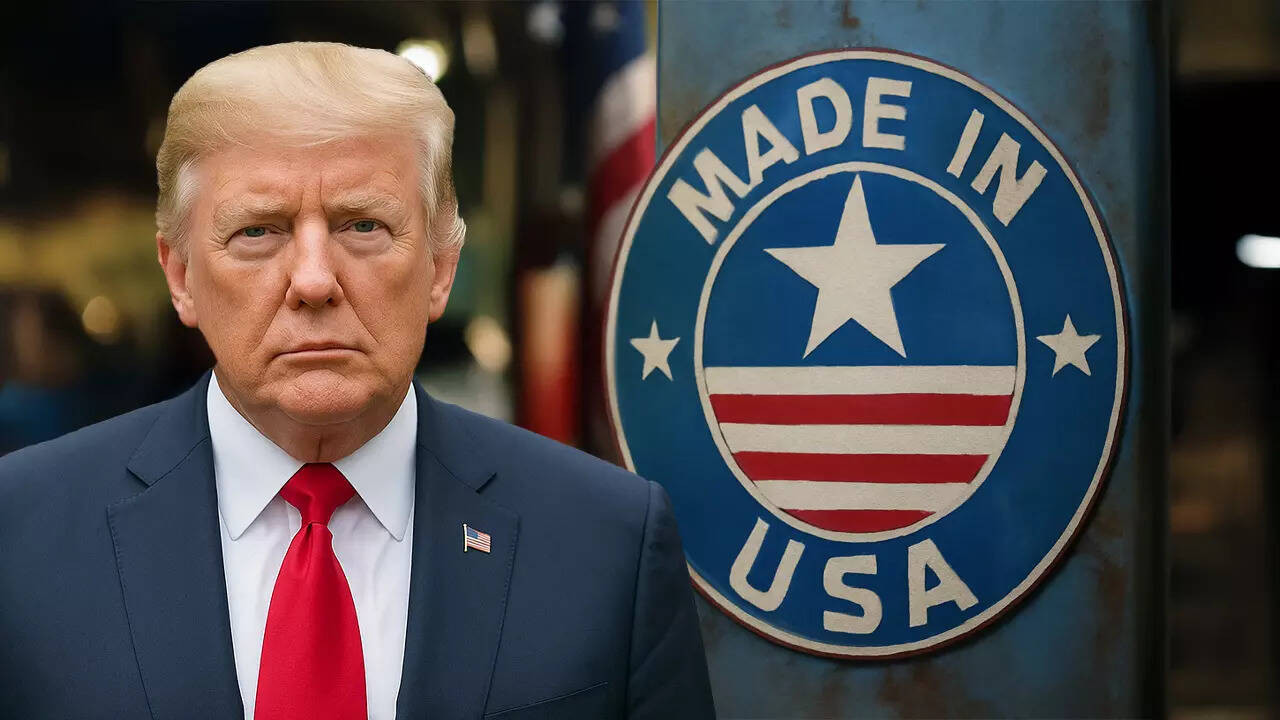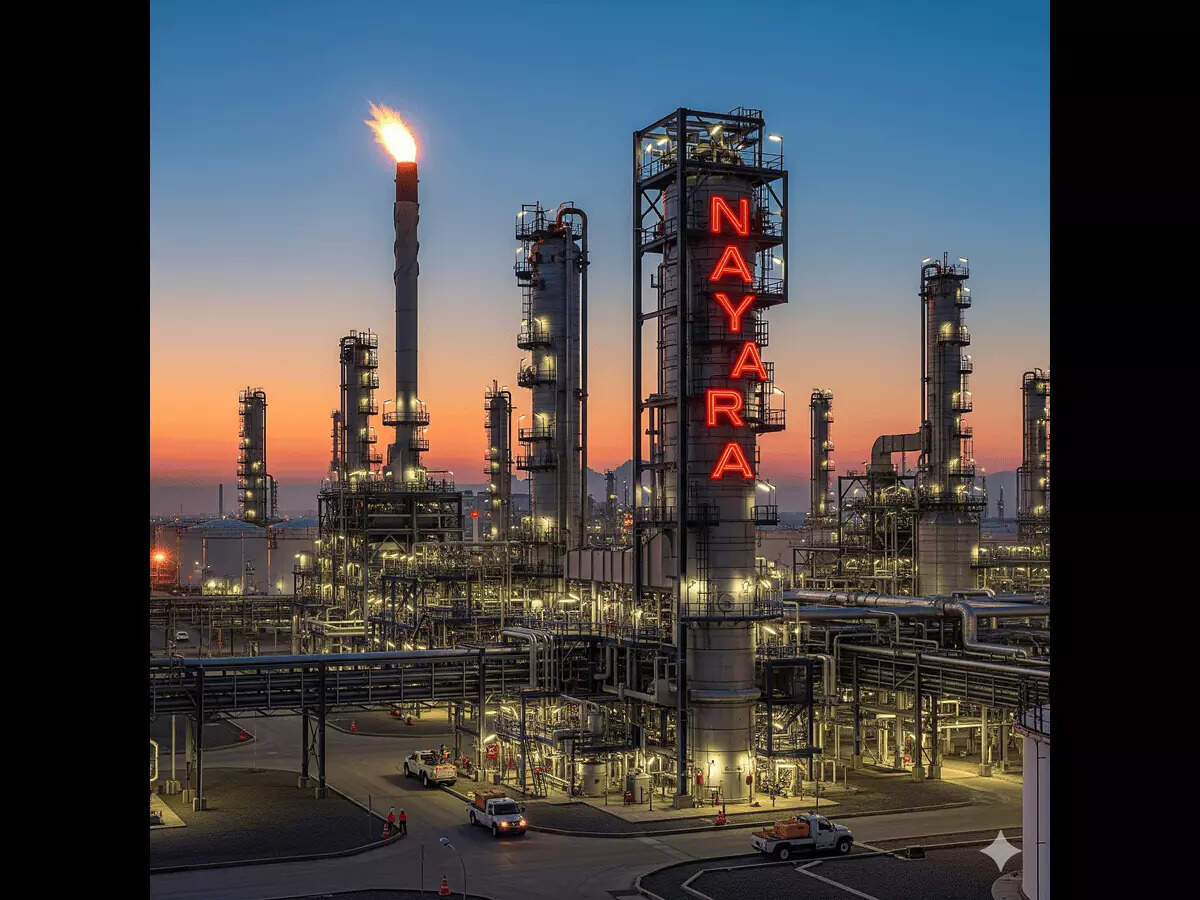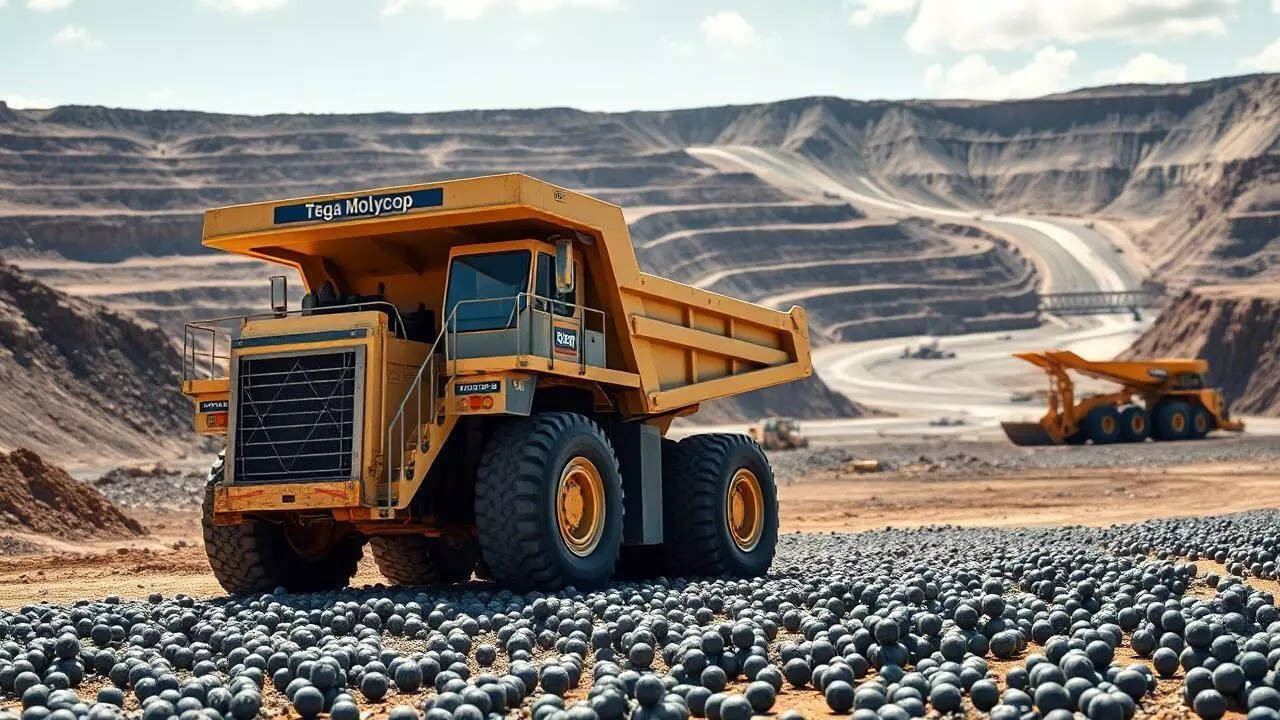US President Donald Trump’s ‘Made-in-USA’ dreams face setbacks as immigration raids, like the one at the Hyundai-LG battery facility in Georgia, disrupt essential workforce. The crackdown may lead to project delays and anxieties among South Korean investors, despite trade agreements and investment pledges. Visa issues and strict regulations further complicate the situation, hindering the deployment of skilled workers crucial for these projects.
Navigating the Labyrinth: How US Work Visa Challenges are Hampering Innovation
The recent headlines surrounding the Hyundai supplier raid sent ripples far beyond just factory floors. It’s ignited a renewed, and frankly much-needed, conversation about the complexities and challenges of the US work visa system and how those challenges are impacting the very companies trying to invest and innovate here.
The ambitious “Made in USA” dream, championed so vocally in recent years, is facing an unexpected headwind. It’s not just about bringing manufacturing back; it’s about securing the talent needed to power that resurgence. And that’s where the current visa landscape presents a real hurdle.
#### The Hyundai Raid: A Symptom, Not the Disease
While the details surrounding the Hyundai supplier investigation are still unfolding, it highlighted a critical point: the US economy, particularly sectors like automotive manufacturing, relies on skilled workers from around the globe. Companies often utilize the H-1B visa program to bring in engineers, designers, and other specialists whose expertise might be scarce domestically.
Imagine trying to build a cutting-edge electric vehicle without engineers fluent in battery technology or software developers specializing in autonomous driving. These skills are globally competitive, and attracting them to the US requires a streamlined, predictable visa process. The current system, however, is anything but.
#### Why is Getting a US Work Visa Such a Headache?
Several factors contribute to the ongoing struggles. Quotas on H-1B visas haven’t kept pace with the growing demand from tech companies and other industries. The lottery system, designed to randomly select visa recipients when demand exceeds supply, feels like a game of chance, leaving companies unable to plan their workforce needs effectively. Uncertainty over visa renewals and extensions adds another layer of anxiety, potentially deterring talented individuals from committing to long-term roles in the US. Moreover, stringent requirements and lengthy processing times often create significant delays, pushing back project timelines and hindering innovation.

#### The Real-World Impact: Innovation Stalled?
The consequences of these visa challenges are far-reaching. Companies might hesitate to invest in US-based operations if they can’t be sure they can secure the necessary talent. Innovation could be stifled as projects are delayed or even abandoned. And the “Made in USA” aspiration risks becoming more of a slogan than a reality. We risk falling behind countries with more welcoming and efficient immigration policies.
Consider the automotive industry again. The transition to electric vehicles and autonomous driving requires massive investment in research and development. If US companies struggle to attract and retain the top engineering talent, they risk losing their competitive edge to companies in countries like China and Germany.
#### Beyond Manufacturing: A Broader Economic Issue
This isn’t just about manufacturing jobs. The challenges with the US work visa system affect a wide range of industries, from technology and healthcare to finance and academia. Any sector that relies on specialized skills and global talent pools feels the pinch. This ultimately impacts the entire US economy, limiting growth potential and hindering our ability to compete in the global marketplace. It also influences our ability to reshore manufacturing from overseas. See how recent US policy changes are affecting other sectors.
#### Re-Evaluating the Path Forward
There’s no simple fix, but the current situation demands a serious re-evaluation of our immigration policies. Some potential solutions include:
* Increasing H-1B visa quotas: Adjusting quotas to better reflect the current demand for skilled workers.
* Streamlining the application process: Reducing bureaucracy and processing times to make it easier for companies to bring in talent.
* Prioritizing critical skills: Giving preference to applicants with skills in high-demand fields.
* Creating a pathway to permanent residency: Making it easier for skilled workers to obtain green cards, encouraging them to build their careers in the US.
The discussion around US Work Visa programs is not just about numbers and quotas; it’s about recognizing the vital role that skilled immigrants play in driving innovation, creating jobs, and strengthening the American economy. By addressing the current challenges and creating a more welcoming and efficient system, we can unlock the full potential of the “Made in USA” dream and ensure that the US remains a global leader in innovation for years to come.





